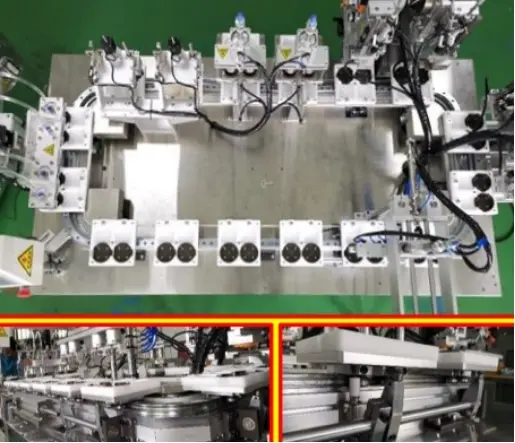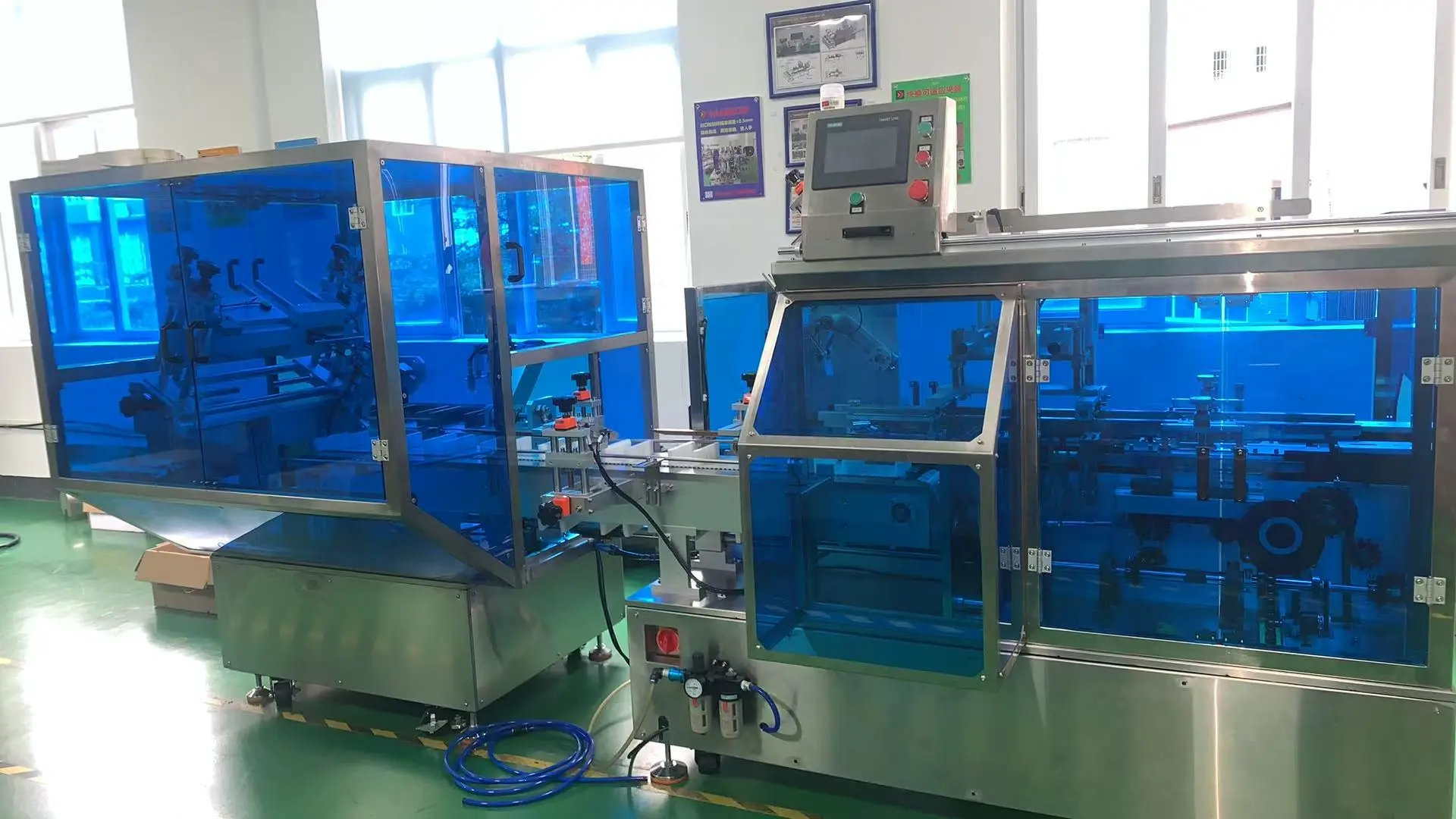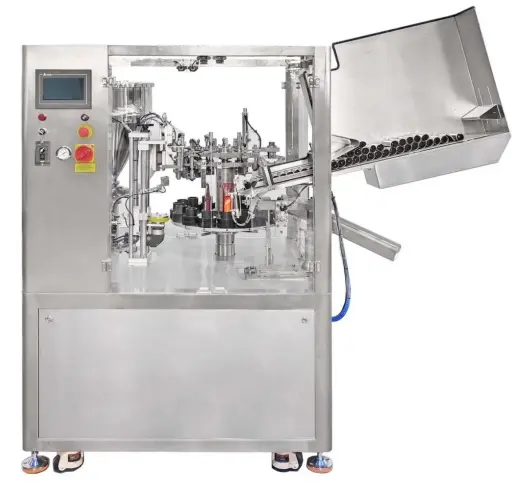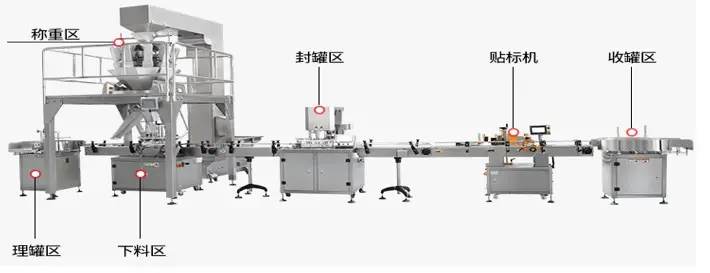Fully Automatic Cartoning Machine: A "Key Tool" for Cost Reduction and Efficiency Improvement in the Smart Manufacturing Era
Driven by Industry 4.0 and the wave of smart manufacturing, traditional manufacturing is rapidly transitioning toward automation and digitization. As a core equipment in the final packaging stage of production lines, fully automatic cartoning machines have become a "new favorite" in industries such as food, pharmaceuticals, daily chemicals, and electronics due to their high efficiency, low loss, and high stability. This article delves into how these machines help companies overcome production bottlenecks and achieve leapfrog development in cost reduction and efficiency enhancement.
1. Efficiency Revolution: Breaking Free from Manual Limitations, Boosting Productivity by Over 300%
Traditional manual cartoning relies heavily on labor, facing challenges such as low efficiency, rising labor costs, and difficulty in standardization. Fully automatic cartoning machines revolutionize this process through robotic arm precision gripping, visual positioning, and integrated workflows (automatic box opening, filling, and sealing), enabling continuous high-speed operation of 60–200 boxes per minute (depending on the model)—tripling efficiency compared to manual methods. For instance, a leading dairy company achieved a daily output of over 100,000 boxes per production line after adopting these machines, effortlessly handling peak e-commerce sales orders.
2. Cost Optimization: Reducing Waste, Cutting Overall Costs by 25%
Human errors in manual packaging can lead to material waste, rework costs, and customer complaints. Equipped with high-precision sensors and intelligent control systems, fully automatic cartoning machines ensure a qualified rate exceeding 99.9%, significantly reducing material waste. A single machine can replace 6–8 workers, yielding substantial long-term labor savings. Statistics show that companies adopting these machines reduce overall packaging costs by 20%–25% on average, with a return on investment (ROI) period as short as 1–2 years.
3. Flexibility and Compatibility: Adapting to Multi-Scenario Demands, Swift Changeovers
Modern production lines require flexibility to accommodate small-batch, multi-variant orders. High-end automatic cartoning machines feature modular designs, allowing quick mold replacements to adapt to different box sizes, shapes, and products—switching time is reduced to under 30 minutes. Moreover, these machines seamlessly integrate with upstream filling/labeling equipment and downstream palletizing robots, forming a fully automated closed-loop system. This integration supports the creation of "lights-out factories," minimizing human intervention.
4. Quality Assurance: Standardized Output, Safeguarding Brand Reputation
Manual operations often result in inconsistencies like loose packaging or misaligned labels, harming consumer experience. Programmed control in automatic cartoning machines ensures uniformity in product positioning, orientation, and sealing, complying with stringent standards such as GMP and FDA. A pharmaceutical company reported a 90% drop in customer complaints after implementation, significantly elevating its premium brand image.
5. Future Trends: Intelligent Upgrades for Sustainable Development
With advancements in IoT and AI, next-generation cartoning machines now incorporate remote monitoring, self-diagnosis, and energy optimization. Real-time data analytics enable precise production rhythm control, predictive maintenance, and reduced downtime and energy consumption, aligning with green manufacturing principles.
Conclusion:
In an increasingly competitive market, fully automatic cartoning machines are not just "accelerators" for quality and efficiency but also "gateways" to smart manufacturing. Partnering with industry-leading automation solution providers unlocks a win-win scenario of cost control, quality assurance, and productivity gains, positioning companies to seize future growth opportunities!












